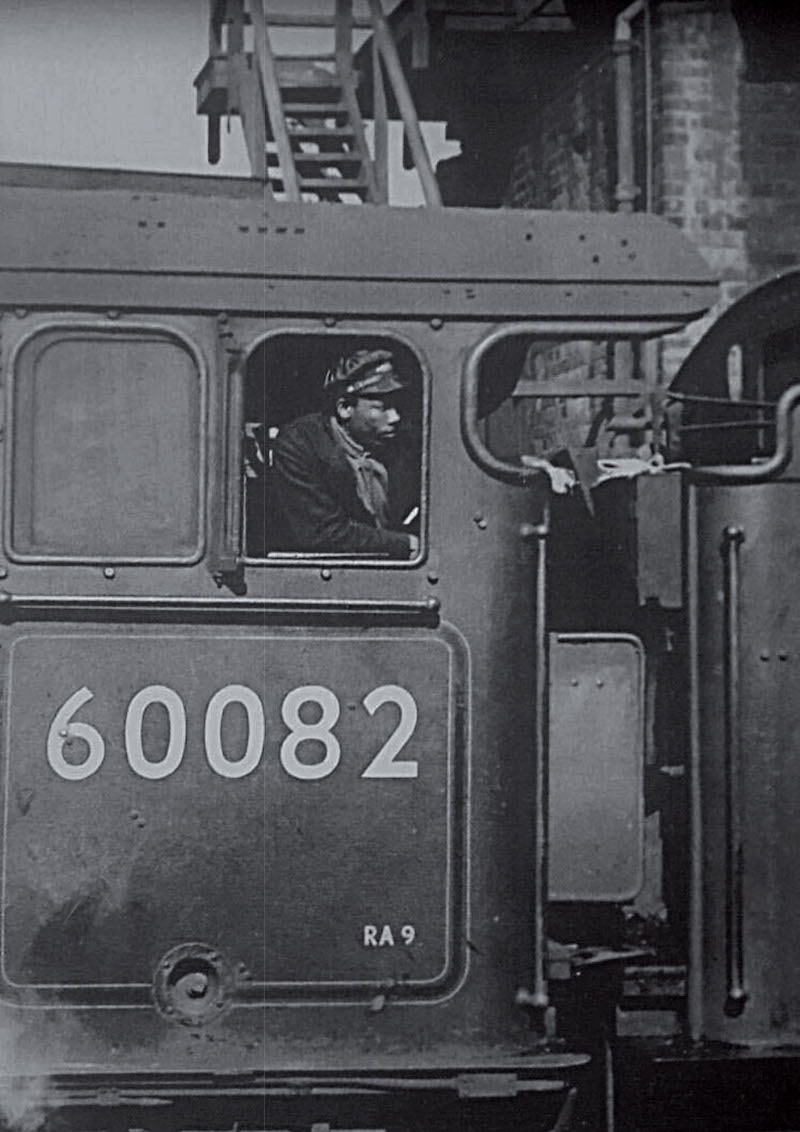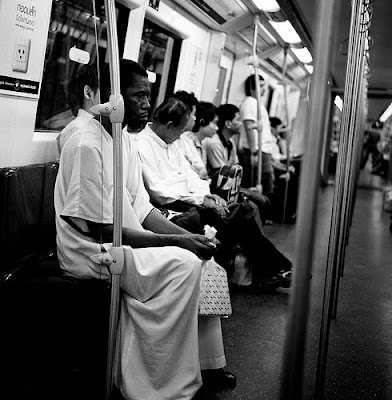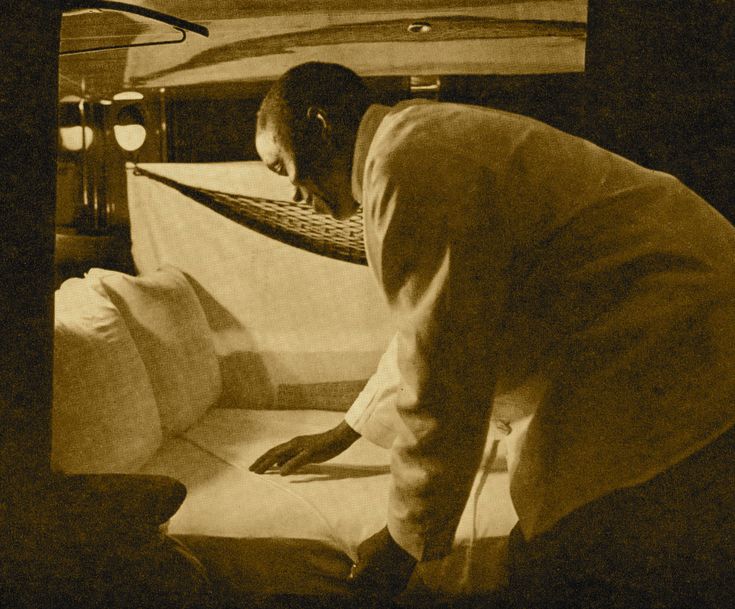


Morgan passed away in 1963 but lived to receive a commendation from the United States Government for his traffic signal shortly before his death.īessie Coleman was born in Atlanta, Texas, on January 26, 1892.

Morgan also had a successful career as a journalist and established a successful newspaper. Morgan was a talented sewing machine repairman, and eventually he owned his own tailoring shop where much of the sewing done by his 32 employees was performed on machines Morgan built himself. Army in World War I and held patents on a variety of personal grooming products. He is recognized as the inventor of a version of the gas mask used by the U.S. The traffic signal wasn’t Morgan’s only invention. For this reason, many in the transportation industry consider Morgan to be “The Father of Transportation Technology.” He first tested his traffic signal in 1922 in Cleveland eventually it was used throughout North America until early models of today’s automatic red-, yellow- and green-light traffic signals came on the market. Although “stop” and “go” signals existed, Morgan’s invention also included a third position that stopped traffic in both directions and allowed pedestrians to cross streets with greater safety. It was there that the difficult-to-navigate, narrow and dangerous streets prompted him to take his place in transportation history.Īfter witnessing a fatal crash, Morgan invented a three-position traffic signal, the predecessor of the modern-day traffic light. Garrett Morgan was born in Paris, Kentucky, where he lived until his move to Cleveland, Ohio, in 1895. “It’s important to document and tell these stories in an honest and authentic way the reality is that they accomplished great things against much greater barriers than their counterparts.” Garrett Augustus Morgan (1877-1963) Our operations would be very different without their achievements,” said Debra Schrampfer, Chief Diversity Officer and AVP Workforce Resources for Union Pacific Railroad. “We are incredibly proud of our past Black leaders in the transportation industry. In honor of Black History Month, this year we’re highlighting six important leaders in transportation history that you may not have read about in history books, but that are no less important. Woodson, who believed Black people should be proud of their heritage and all Americans should celebrate the achievements of Black Americans, too many of which have been overlooked. The historical accuracy of many of the aspects of the John Henry legend are subject to debate, but nobody can deny the impact the story has had on generations of Americans.Black History Month was the brainchild of historian and scholar Carter G. The story of John Henry was traditionally told through two types of songs: ballads, commonly called “The Ballad of John Henry,” and “hammer songs” (a type of work song). His story has been told in numerous books, television shows, films, video games and there is even a postage stamp with his likeness. When the contest was over, it is said that John Henry drilled 14-feet and the steam drill only nine! The tale of John Henry has been used as a symbol in many cultural movements, including the labor movement and the Civil Rights Movement. John Henry struck a powerful blow with the sledgehammer, while the steam drill machine frequently broke down.

The epic battle against the rock drilling machine involved John Henry as the “hammer man” working with a “shaker,” who would hold a chisel-like drill against mountain rock. When the contractor brought in the newly invented steam-powered drill in hope of cutting labor costs John Henry realized that his and hundreds more jobs would be lost if the steam drill was a success.
BLACK MAN DRIVING RAILROAD STORY DRIVER
In 1870 the formerly enslaved John Henry was employed as a steel driver by the contractor charged with building the Great Bend Tunnel in Talcott, West Virginia for the C&O Railway. Victorious over the machine, the legend goes that his heart gave out from the strain and he died with the hammer in his hand. His strength and skill were measured in a race against a steam-powered rock drilling machine. African American John Henry was known as the “steel driving man”.


 0 kommentar(er)
0 kommentar(er)
